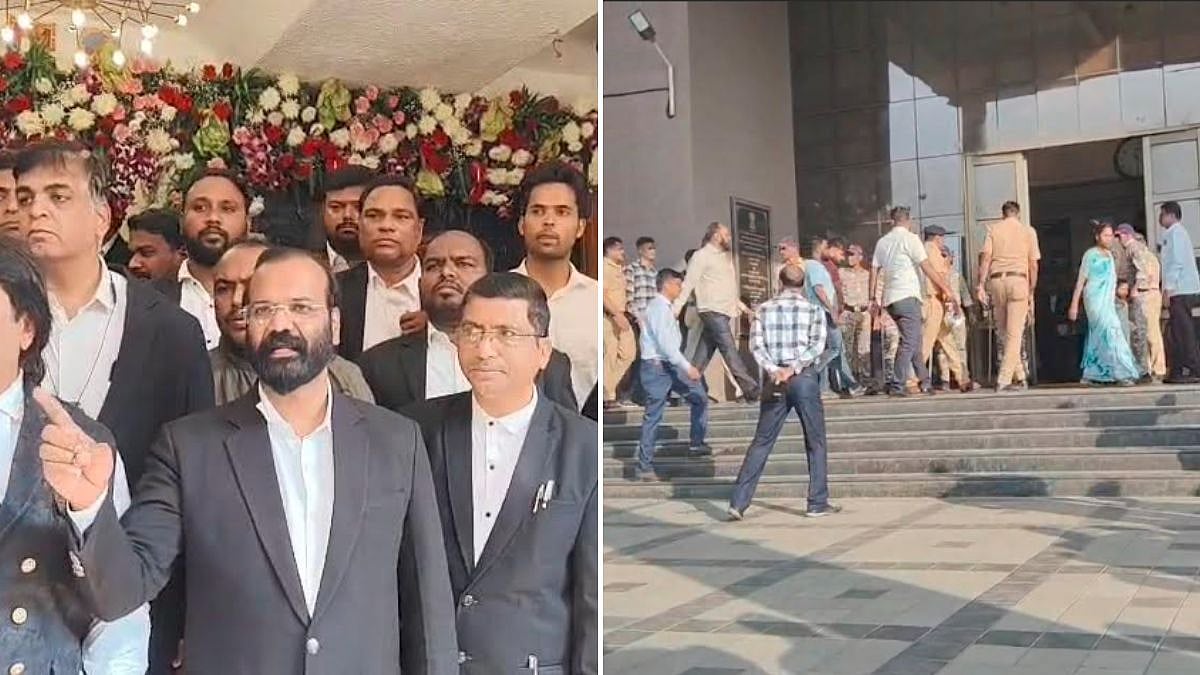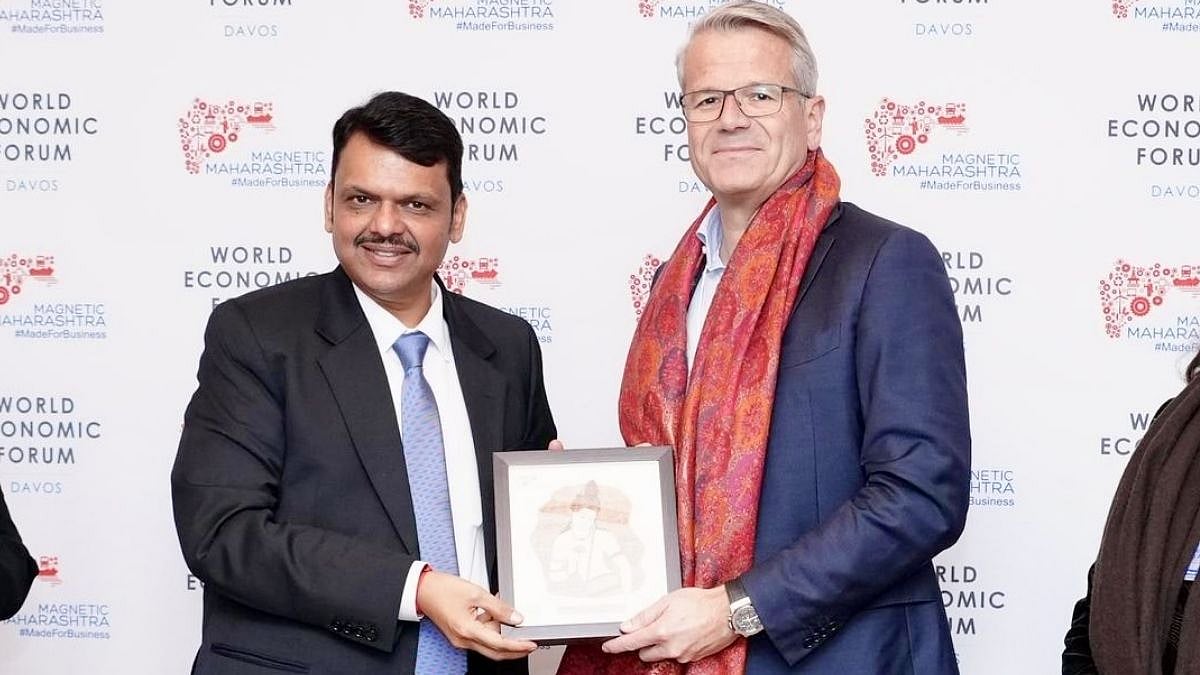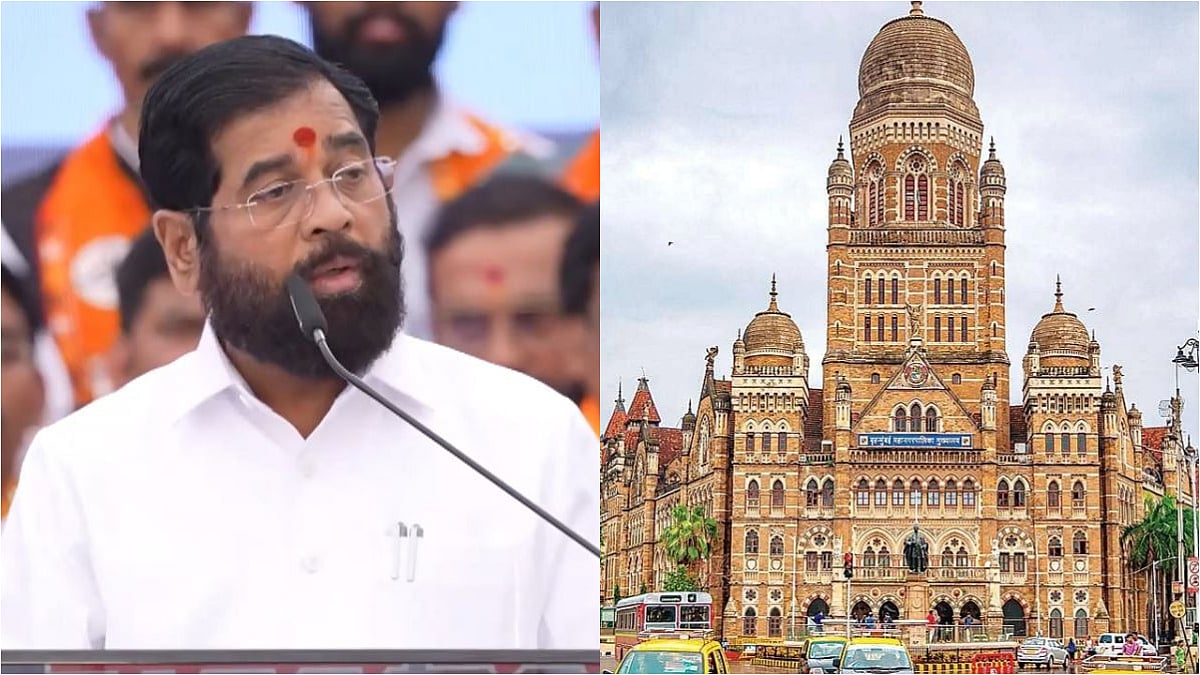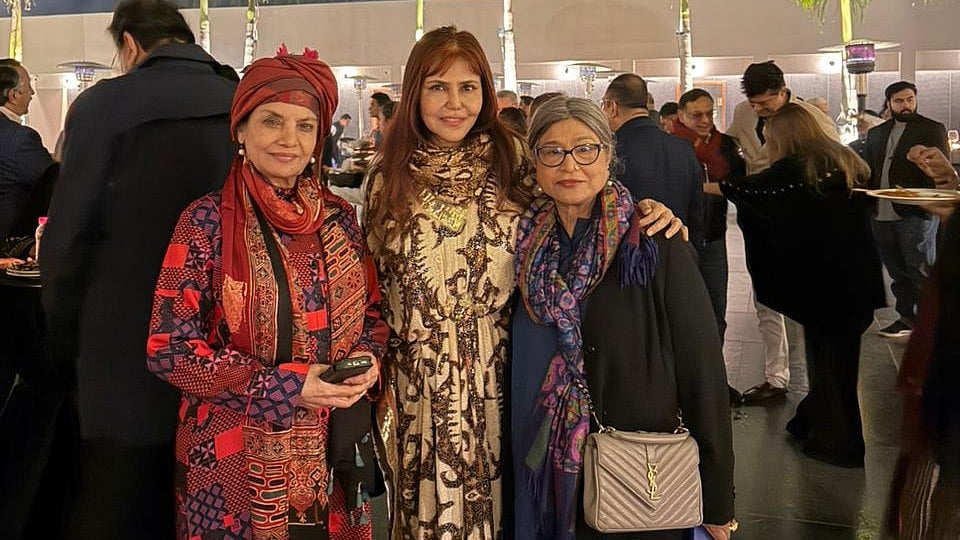Sudharak Olwe has evolved as a person and a photographer in the last few years. Coming from a humble background, he chose photography as passion and profession, when it didn’t really offer recognition or money.
Today, after a few jobs as photo journalist with leading publications, a Padmashri, and award winning photos and exhibitions, Sudharak is a name ascribed with serious, experimental and professional photography.
Excerpts from an interview:
Why did you choose Lavani as a subject?
Lavani is a beautiful traditional dance form which is often misconstrued because of its suggestive format. I was intrigued by how these artists lived their lives on the road, on stage, behind the curtains, and how they thrive on their art; I was curious to document all of that. Most of these artists, especially female dancers, belong to the Kolhati community. I wanted to understand the connection between their social location and art, how they are still shackled and enslaved by the caste and patriarchal bearings of the society. I have been documenting their lives since 2003 and I learned over these two decades that there is more to Lavani and the performers behind the shimmer of their ornate saris, melodious chiming of the ghungroos, alluring dance performances and their makeup. If you look closely enough, their ghungroos are symbols of enslavement; the heavy layer of makeup hides the desolation beneath; the dancers, far from being cultural icons who practise a dying art form, are victims of poverty and exploitation. They bear the stigma of being ‘nautch girls’ and they know no other life than to dance their dance with destiny. Deep down, this art form has been built on the foundation of exploitation of women.

Previously, Lavani dances were performed in different types of rasas — Veer ras, Bhakti ras, Chakkad ras, Hasya ras, Shringar ras, Rudra ras, Vatsalya ras, Vibhats ras and so on. Its history dates back to an era when saints and emperors used to call upon these artists for their recreation. However, today, it is mostly performed in Shringar ras, which has a suggestive connotation. The evolving tastes of the audiences and patrons in the songs and dances has, in a way, diluted this traditional folk art and reduced the music to merely Bollywood dance numbers. In recent years, there also has been a steady decline in the popularity of the Lavani art form, mainly due to the satellite television invasion. I wanted to investigate and document all of this and capture the stories of these artists through photos and imagery.

Sudharak Olwe |
There’s a melange of black-and-white and colour photos. Some images are repeated in both... thought process?
Black-and-white images help in training the attention of a viewer to the expressions and emotions of these artists that I tend to capture in the photos. They live a life of contradictions and black-and-white imagery helps in highlighting this aspect of their lives. The colour images are also important to show the shimmer and vibrancy that accompanies them as they perform on the stage and appease their audiences and loyal patrons. The melange is also to juxtapose the contradictions these artists live with.
You have, most often, preferred black-and-white as your language of expression. What is the reason?
A story of an oppressed person,when portrayed through black-and-white imagery, holds more power and expresses defiance against any oppression. It’s also my way of bringing out the contradictions of the lives of these artists through imagery. Colour images may distract a viewer from the underlying stories of the artists and the message I want to convey through my photos.
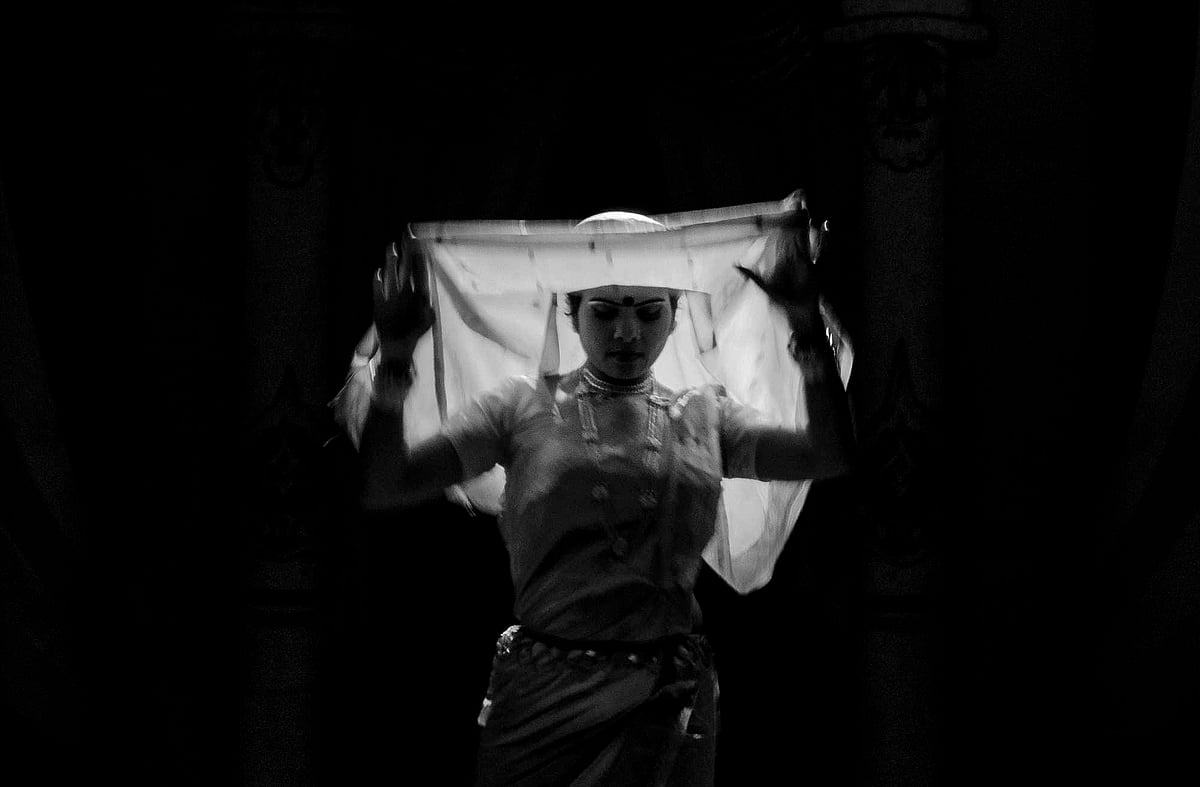
What interests you more: People or Art forms as your muse?
It’s always the people. All of my work is oriented towards documenting the lives of the people and their stories. I use my lens to capture and unearth the underlying sociological issues that lay unseen and unheard behind their smiling faces when they pose for the camera.
It helps me understand their lives and struggles with empathy. All of these things reflect in the images I make. Be it the difficult lives of the commercial sex workers of Kamathipura or the caste-based stigma manual scavengers have to live with, or the misconstrued glamour of Lavani dancers, it’s important for me to capture the pain and struggle that goes behind their journey of survival. This is how I believe I can make a difference through my camera and art.

